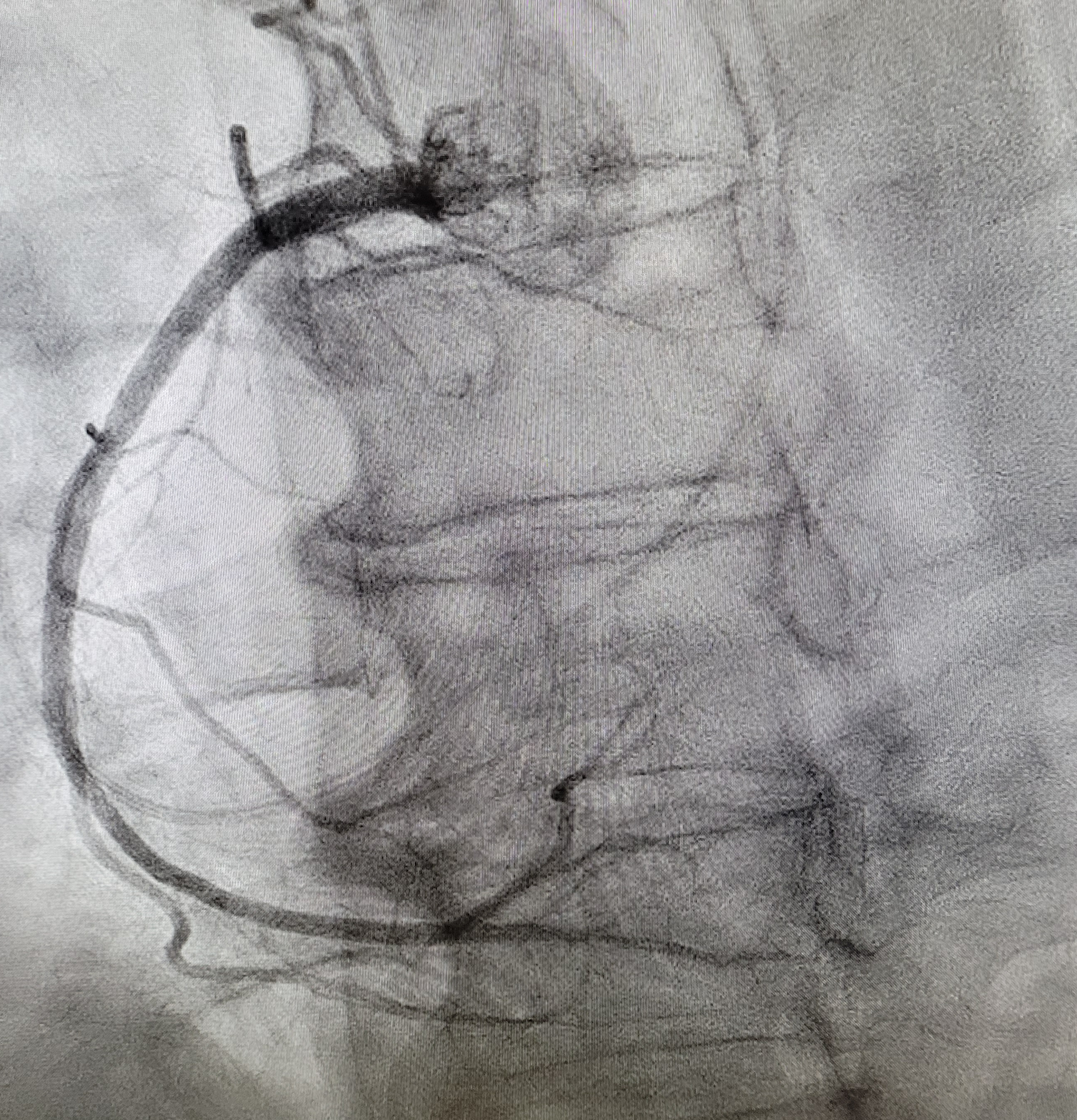Cardiac Catheterization
Understanding the Cardiac Catheterization Procedure
A long, thin, flexible tube, called a catheter, is typically inserted into the leg or arm through a tiny incision (typically less than one-tenth of an inch) at the skin surface. These catheters travel through blood vessels to the heart. Contrast dye is then injected through the catheters and X-rays are taken of the heart. By visualizing the flow of contrast dye within heart arteries and/or heart chambers, detailed information about the heart and its blood supply is obtained. Due to its minimally invasive approach (very small incision at the skin surface), a cardiac catheterization is usually very well-tolerated without significant discomfort to the patient. The patient is required to lay flat on his/her back for the duration of the procedure. Routinely, lidocaine is injected at the skin surface to numb the skin and tiny catheters are then inserted. Since there are no nerves inside the blood vessels, the patient does not feel the catheters inside the body once they have been inserted. Sedation medications typically are provided to the patient before and during the procedure, however, it is much safer for the patient to have this procedure performed while awake with minimal sedation as opposed to under general anesthesia with use of a breathing tube.

Blending cutting-edge technology with traditional compassion.
Call for an Appointment
941-421-0580
